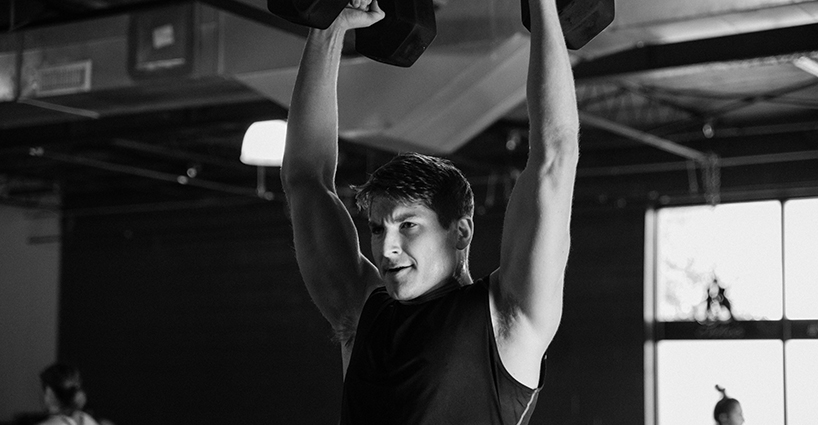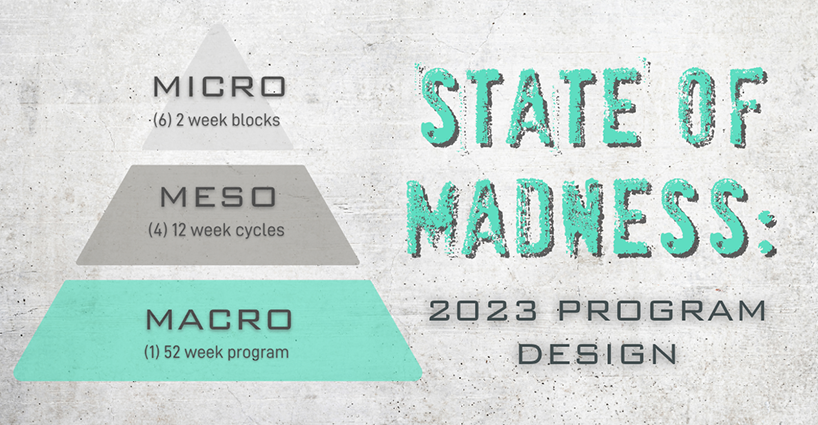Turns out “more” is not always “better”.
You walk through the MAD doors for your very first class, excited and ready to sweat buckets. Your trainer opens class with a description of “Durability” – the theme of the daily interval – and asks for nothing MORE than your 80% effort. “Uhh…what? So I’m NOT supposed to give it my all?”
You complete the workout, you probably sweat a bit and can feel some muscular fatigue, but at no point were you on the floor gasping for breath. You leave scratching your head wondering how that could have possibly been a “good” workout.
Contrary to popular belief, you should not feel like you’ve been crushed after every single workout. That completely counterproductive thought process (that is now all too often put into action by both fitness professionals and everyday fitness enthusiasts) is an excellent recipe for overtraining, burn out, injury, and serious plateaus in progress.
Understanding “the D”.
Ahhh durability days. If you’re new to our programming, you don’t quite understand them yet. If you’re a MAD veteran, you’ve come to love, appreciate, and even crave them (especially following a nasty anaerobic beat down). The concept of “time under tension” and the gritty nature of our 80% durability day is possibly the most unique component of our training program…mostly because it’s not sexy. It doesn’t succumb to the industry’s obsession with “more, more, more.” It’s slow, it’s methodical, and it does NOT present an opportunity for you to kill yourself in your workout.
The various pace demands within our Momentum, Anaerobic and Durability intervals can have a huge influence on the type of adaptations your body undergoes. Some paces and tempos are best suited for elevating athleticism (enter: Momentum), others channel power and fast twitch muscle development (hello, Anaerobic), while others are more conducive to establishing strength and stability (what’s up, Durability).
Executing the discipline to deliberately slow down movement in relation to an increased work period creates a different and welcome degree of muscular stress. Additionally, a slower pace challenges cognition and coordination, as your brain and muscles have that “extra time” to communicate and improve motor skills (think about the first time we asked you to reverse your bear crawl).
Durability may not be the sexiest interval style, but it’s certainly effective. Time under tension is largely overlooked and undervalued in the fitness world; however, in the scope of a well-balanced training routine, it’s crucial.
Routine is NOT the enemy!
We are certain of this. Our training program favors strength and structure…not chaos and “muscle confusion” (plot twist: that’s not a real thing). Every movement within each interval has a specific place in the program, its design, and the results you you see. This is why we encourage you to strike a consistent weekly training routine so that you reap the benefits of all three interval styles and their respective pace demands, as opposed to cherry picking and skipping out on the ones that you interpret as “not hard enough”.
If you’re able to commit to a 4x/week training schedule with us, this highly structured training regimen is designed to strike the perfect training balance, yield optimal results, and elevate your inner athlete.



